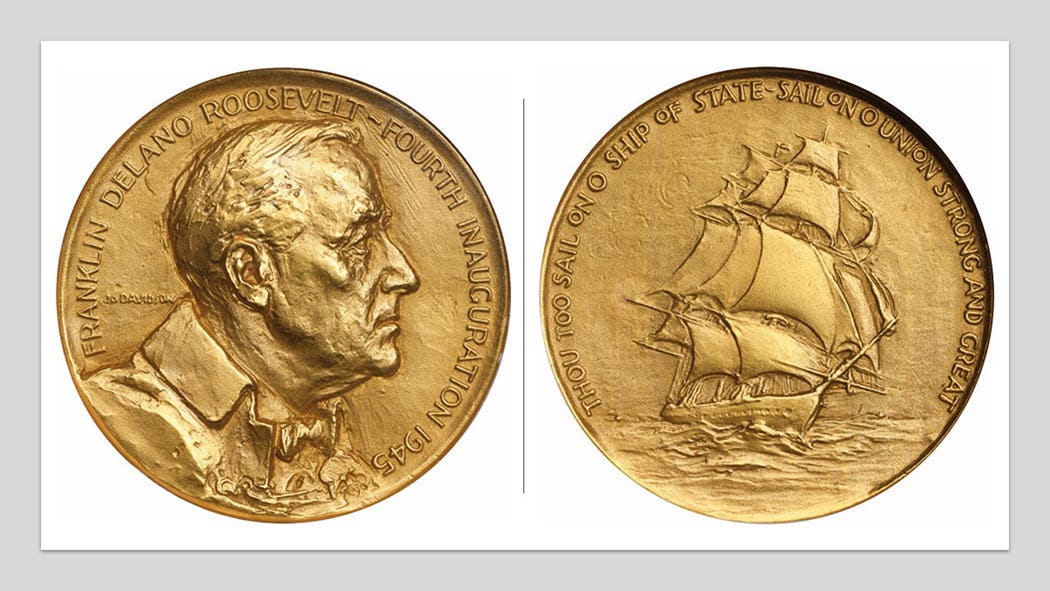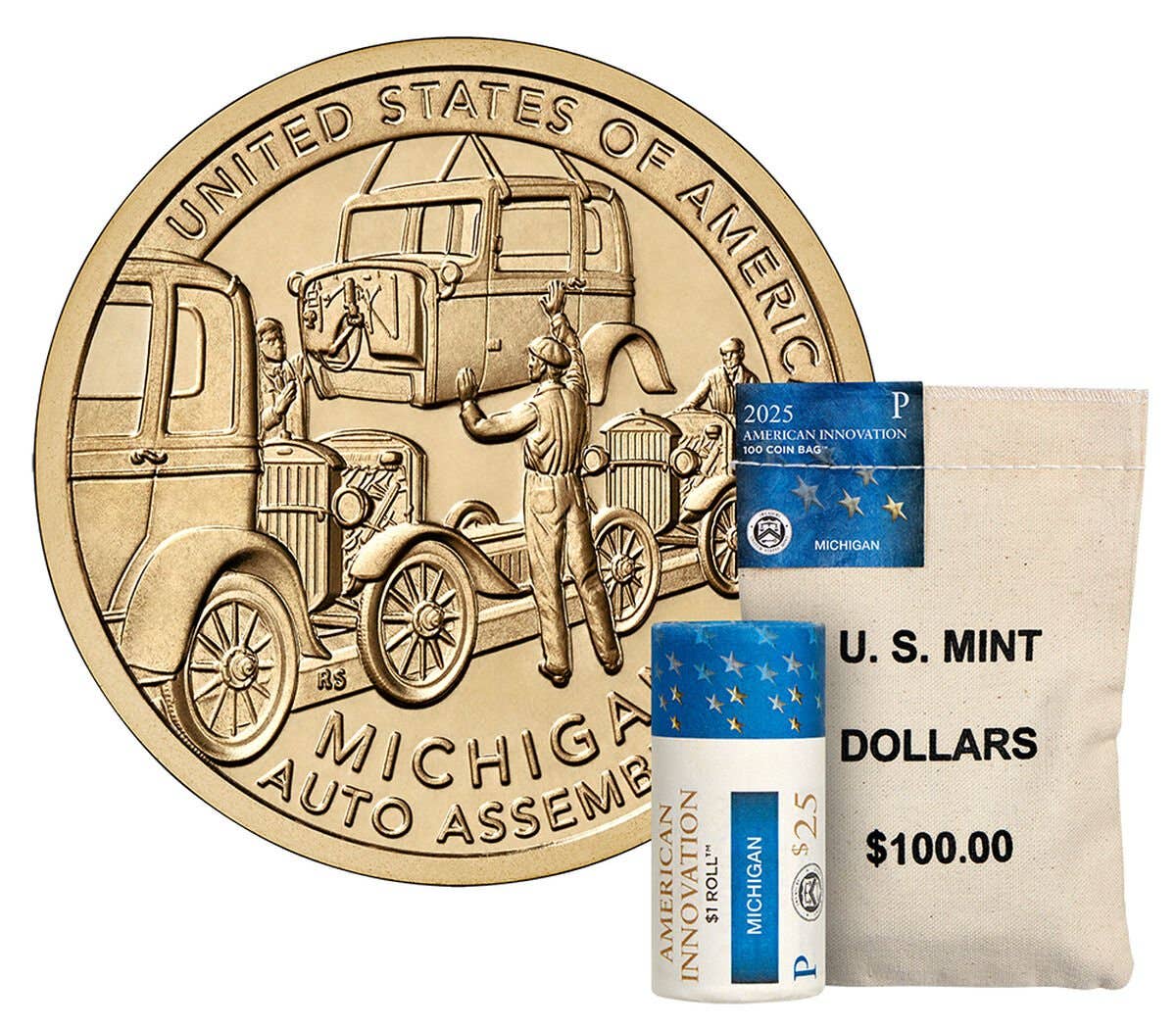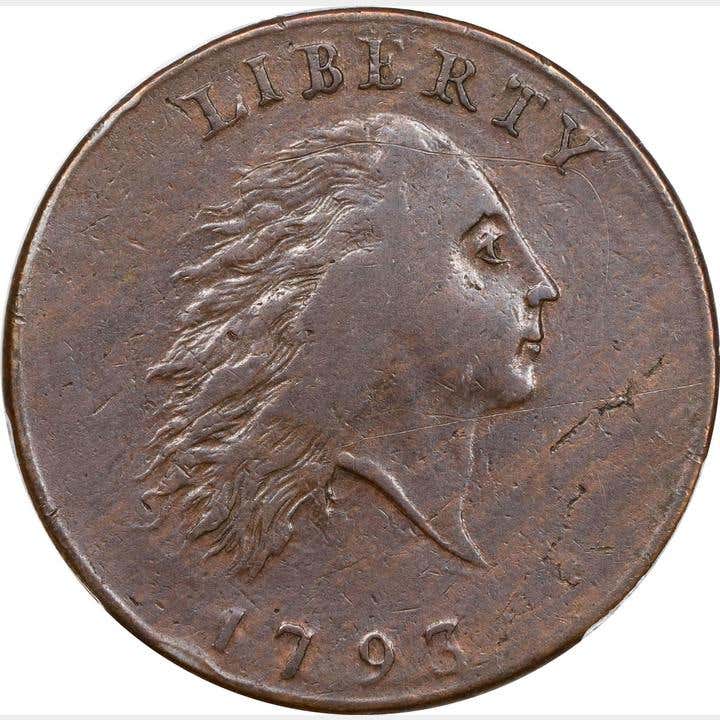Odd Denominations We’ve Used – and Those We Haven’t
Our modern day, working coins come in only four sizes and denominations really. We have a copper-plated zinc one-cent piece, often called a penny by the public. Moving up, we…
Our modern day, working coins come in only four sizes and denominations really. We have a copper-plated zinc one-cent piece, often called a penny by the public. Moving up, we use a copper-nickel alloy 5 cent that we routinely call a nickel. At the top, we have copper-nickel sandwich alloys for both our dime and quarter. Yes, we do have half dollars and dollar coins – which rarely get seen in everyday commerce. We even have a wide series of bullion coins, each with some nominal value on them far below the value of the precious metal in them. But the cent, nickel, dime, and quarter do most of the work of daily transactions when any type of coin is needed. Yet it wasn’t always so. Let’s take a moment and examine some of the other, perhaps stranger, coins we have used, and perhaps one or two that other nations have used which we never seem to have thought of.
The $2.50 quarter eagles
Today we do not have any large denomination coins that are not some neat, clean multiple of a dollar, but we did for decades. Our quarter eagle, first issued in 1796, was one of the original three denominations of gold coin authorized by the Congressional Coinage Act of 1792, passed on April 2 of that year. It couldn’t have seemed too odd in its day, although it was exceedingly rare, with only 963 of them having been coined in 1796, the first year of issue. The first year these small gold pieces got up to a six-figure production run was 1834, when 112,234 were coined. And it wasn’t until 1851 that any annual mintage topped the 1-million mark.
The quarter eagle saw several different designs during its lifetime of 1796 to 1929, but never did seem to see too many years which we might consider high mintages. They certainly remain desirable coins today, ones that are fun to collect, but also tend to be expensive ones.
Our short-lived 20 cent pieces, and some longer-lived ones
A lot has been written about the United States twenty-cent pieces, about how they were called “double dimes” in their day, and about how a few influential folks who were in control of a lot of silver and mining interests pushed for these as a way to use some of that new-found metal. Most collectors know however that the U.S. twenty-cent piece was basically a flop. There are four years in which they were minted, but the final two were proof issues only, and in minuscule amounts. For any collector who wants one to add to a collection, the only piece that doesn’t cost a fortune is the 1875-S. With over 1.1 million produced, they are still available today, although we might have to hunt around a bit to find one.
In a very interesting twist, a couple of other issuers have decided the 20-cent piece, or their equivalent, is the way to go. The Euro Zone started out with small change coins in the denominations of 1, 2, 5, 10, 20, and 50-Euro cents. For whatever reason, they never opted for a 25-Euro cent piece. The Euros have been with us for more than two decades now, and the issue of 20-Euro cent coins is simply enormous. Since the basic rule for Euro coinage is that one side must be in common among all the member nations, but the other side is the domain of each issuing country, there is an amazingly wide spread of 20-Euro cent designs to be had. Many are cheap enough that they can be found in dealer bargain bins. A person could have quite a bit of fun seeing how complete a collection they can build, including reverse designs and date runs.
Another country that used a “20,” as it were, was the old Soviet Union. The Soviets kept the same 100 kopek to 1 ruble system that had come before them, and for many of those years opted for a 20-kopek coin, and never seem to have adopted a 25-kopek. For most of the years, these are base metal coins, just like to 20-Euro cent pieces; and thus, many of them are very inexpensive. Those from as far back as the 1920’s might cost more, from when the Soviet Union was the new political youngster on the world stage, and the 20-kopeks were 50 percent silver. But overall, these are another set of “20” coins that had a long life span, and can be an interesting odd denomination to collect.
Really, a 15-cent piece?
If the 20-cent piece seems to us like an oddball, despite others having the denomination, and using it for decades, well then, a 15-cent coin just might seem completely bonkers. No, the United States Mint has never pounded one out for us. But believe it or not, someplace rather close to the U.S. – the Bahamas – seems to have found a 15-cent piece remarkably useful. The Bahamas use a decimal system, and have their own dollar. Curiously though, while they do split it into smaller coins like a 25-cent piece, they have also had a squarish, rather attractive looking 15-cent piece for decades. For the person who wants a complete set, they’ll find it reaches back to the 1960’s. They are never all that expensive, both because there really are not all that many collectors of Bahamas coinage, and because this little guy has always been a copper-nickel piece. As for the collector who wants the best of the best for this strange, little squared-off coin? The good news is that many of these have been part of proof sets made for the collector market, are still available in those sets, and are not all that expensive – the sets, that is.
The fine folks of the Caribbean are not the only ones to have used a 15-cent piece as part of their system. All the way back in 1860, Imperial Russia picked up this denomination in the form of a 15-kopek piece. At least one source indicates that this was because it was of equal value to the Polish one zloty coin of the time, and a chunk of Poland had been absorbed into Russia. Since these early 15-kopeks were actually made of silver, and since production levels for most coins of that day and age were lower than what we think of as normal to us now, these pieces might be tough to find. But that proverbial thrill of the hunt is what keeps us collecting.
The Soviets changed plenty of aspects of everyday life in Russia when they took over, as the First World War ground to a halt. They kept the 15-kopek denomination however, and for several years managed to keep it as a silver piece. As time went on though, the 15-kopek pieces were another that became base metal coins. This makes them far more affordable today, for any of us who wish to start collecting this quirky denomination.
The tiniest of the tiny, the 1/10th cent coin
When it comes to tiny coin denominations, the smallest the United States ever issued is well known to most collectors, the half-cent. In an interesting historical footnote though, back when coinage systems were being debated among the powers-that-be, and different prominent politicians were trying to figure out a way to uncouple our young nation’s money from the very well-established Spanish 8 reales silver coins, there were a few suggestions that some monetary system be used in which the smallest piece would be one one-thousandth of the base unit – essentially a 1/10th of a cent coin. The best-known today is the Nova Constellatio set of coins suggested by Robert Morris, which was to include a coin of 1/1000th of the unit – although a copper piece of 5/1000th of the unit appears to be the smallest ever actually coined. Even that was just a pattern, and not a real issue. Rather obviously, that system never came to pass, although we can make the argument that one last glimmer of the idea is still with us today. Don’t believe it? Look at the price of gasoline, and the fact that it is always priced with a final decimal that is a tenth of a cent.
Even though the U.S. never went as small as a 1/10th cent coin, we do have one long-time friend who has. During the latter days of empire, Great Britain issued 1/10th of a cent coin for British West Africa. We can only wonder what sort of purchasing power such coins had. We can surmise they must have been useful however, since there are so many of them that were issued from the reign of Edward VII back in 1907, all the way to the first few years of Elizabeth II.
As with virtually all small denomination coins, the 1/10th of a penny British West Africa pieces are made of base metal and tend to be inexpensive. Interestingly, the first few years were made of aluminum, and appear to be the first time anyone had ever used this low-density metal in any type of coin.
All things considered
These are just a few of the coins that modern collectors might consider strange, at least as far as their denominations go. For those of us who focus our collecting on the four working coins of today or gravitate to the silver dollars and half dollars of now classic times, these peculiar coins might prove to be more than just something about which to raise an eyebrow. One or more of these could become a fascinating, new collecting endeavor.








